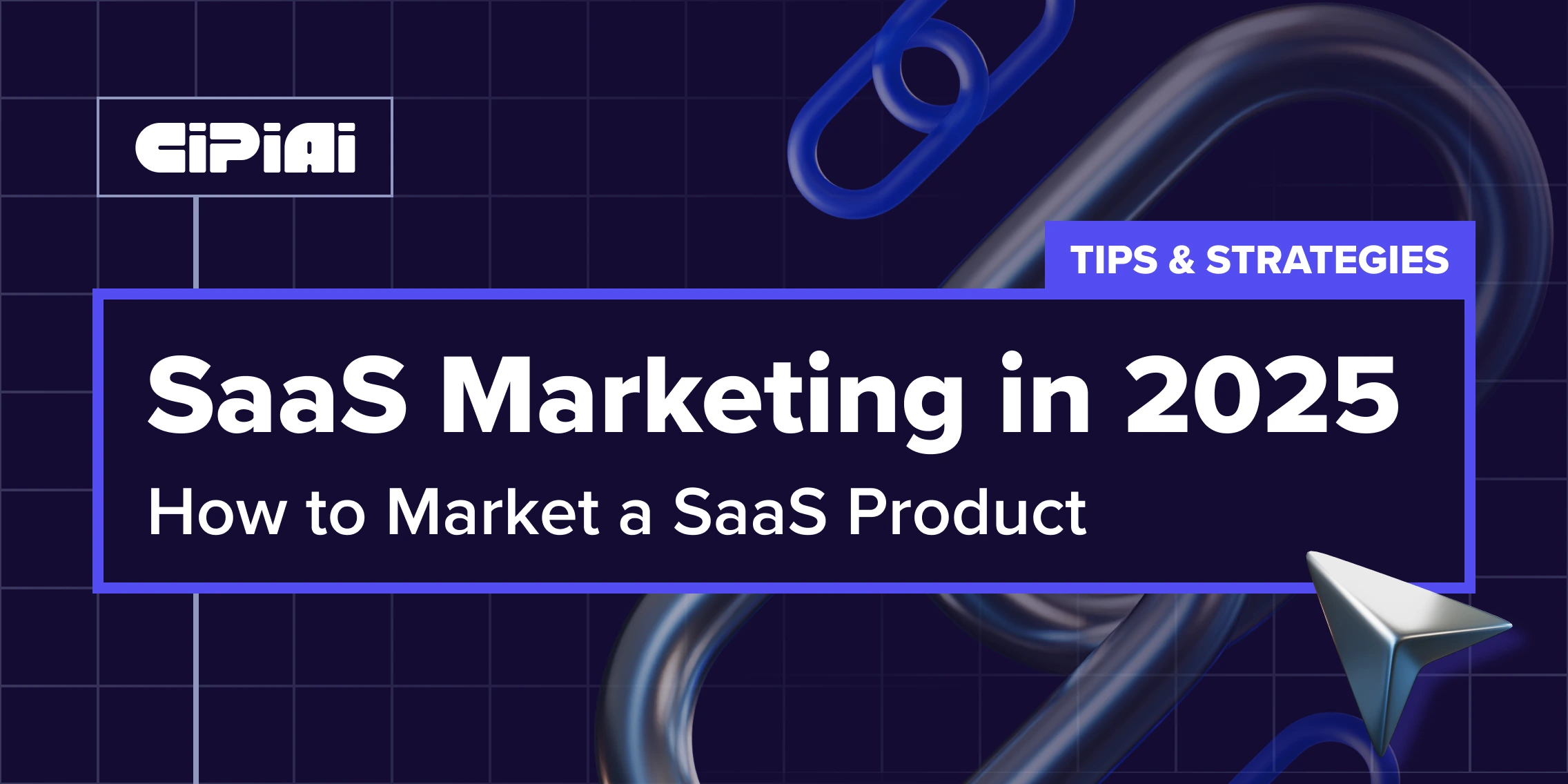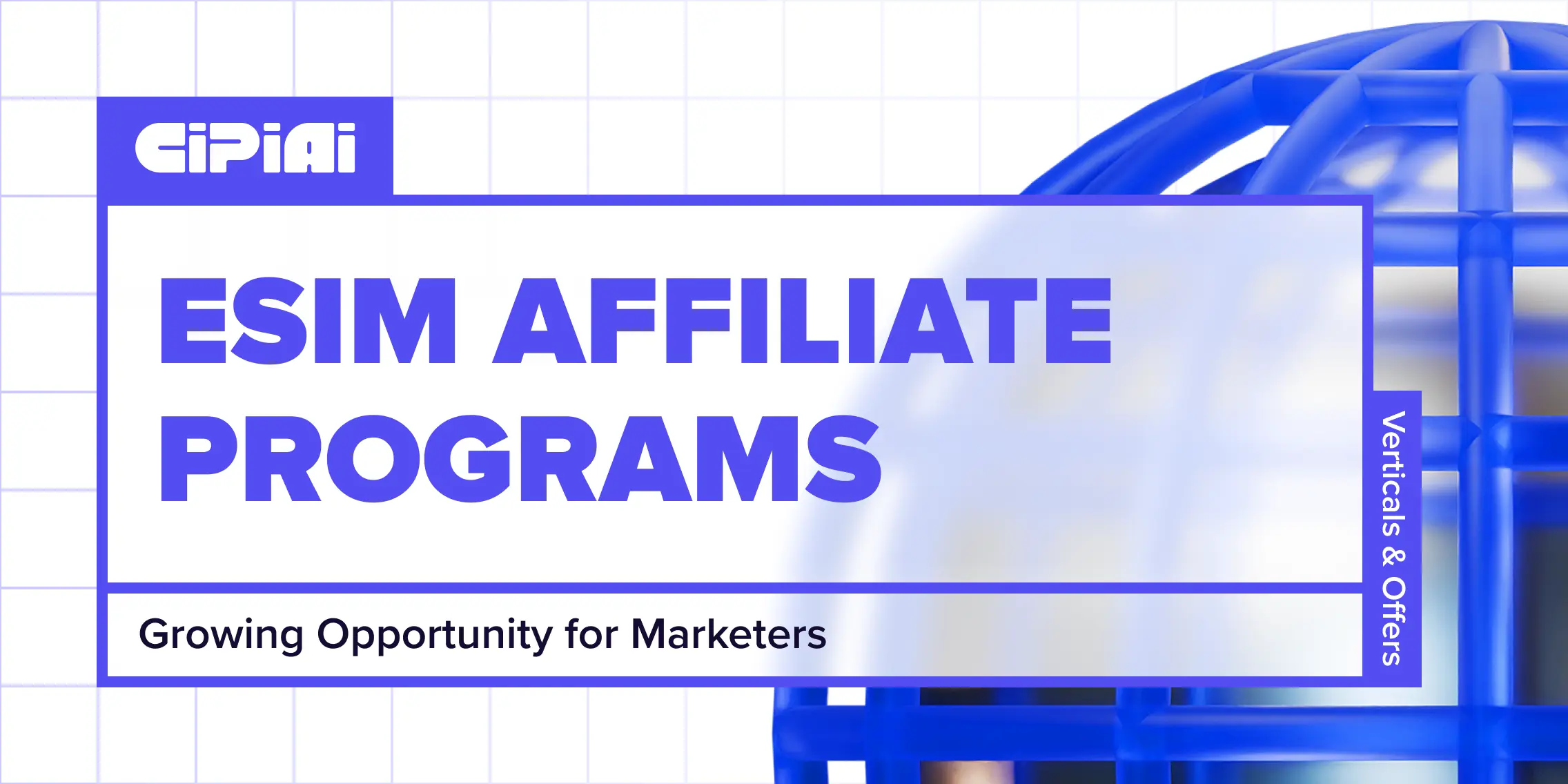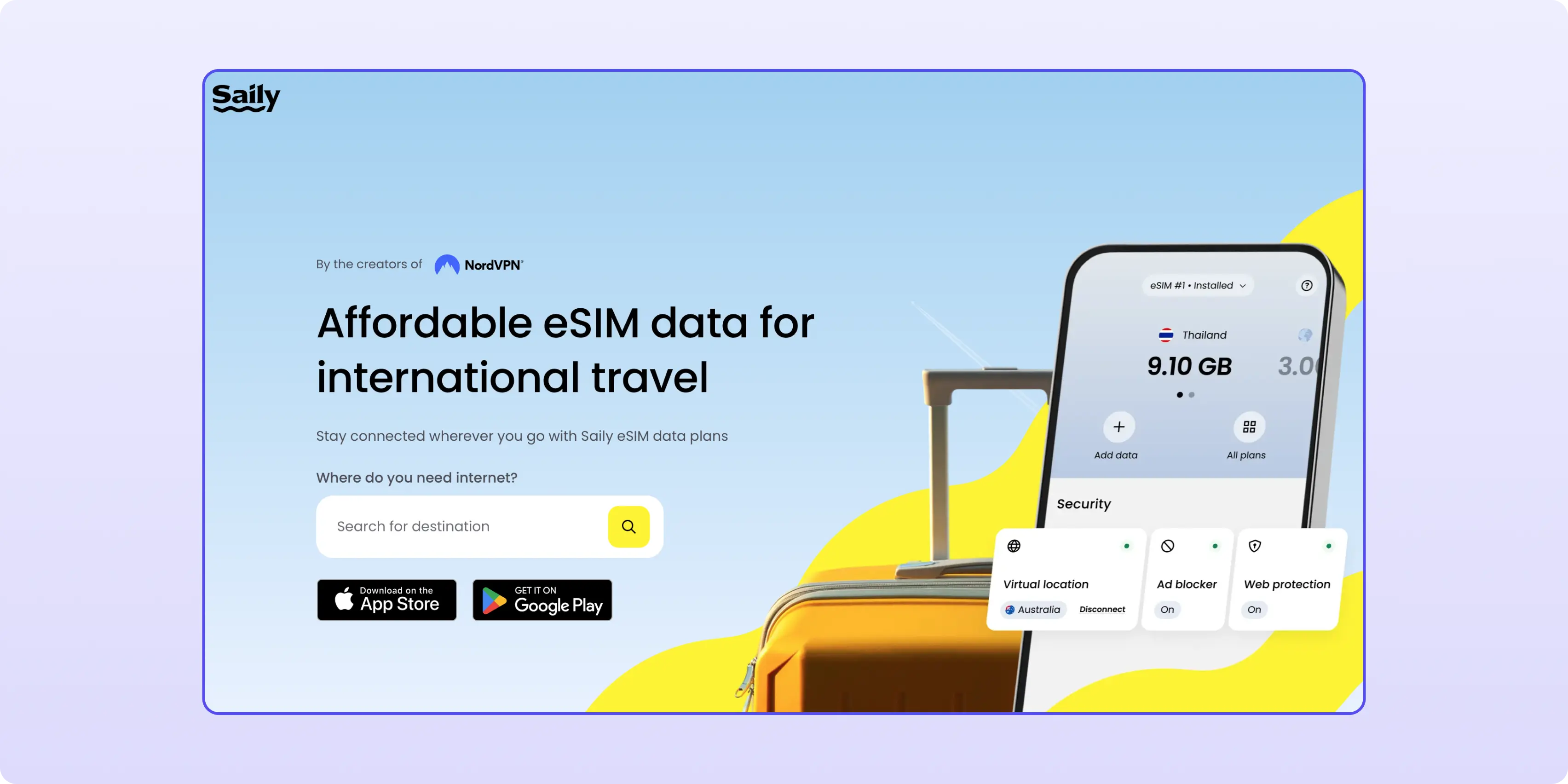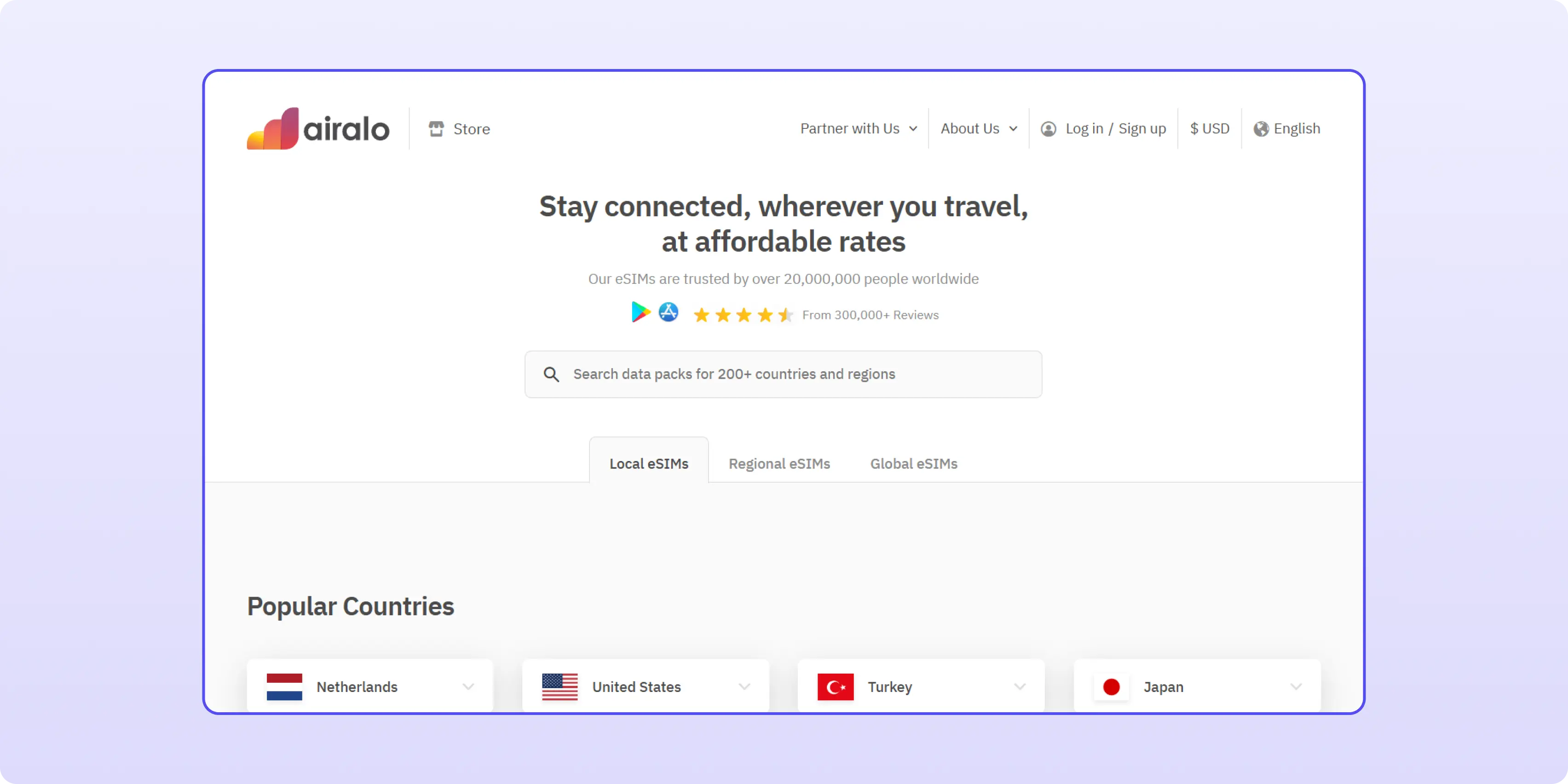
SaaS Marketing in 2025 – How to Market a SaaS Product
SaaS marketing explained with focus on strategy, budget allocation, and affiliate channels. How to market SaaS products effectively and scale B2C growth in 2025.

An eSIM — short for embedded SIM — is a digital version of the traditional SIM card. Instead of using a removable plastic chip, eSIM technology is built directly into a smartphone, tablet, or IoT device. This means users can activate a mobile plan without needing any physical card.
From a consumer perspective, the benefits are clear. eSIM allows for instant activation with just a QR code or mobile app, supports multiple profiles on a single device (useful for separating business and personal numbers), and provides travel flexibility by letting users switch to local or international data plans in seconds.
Because of these advantages, telecom providers, travel companies, and digital services are rapidly adopting eSIM. It reduces the logistics of physical SIM distribution, supports global connectivity, and aligns with the growing demand for seamless, digital-first experiences.
In short, if someone is asking “what is eSIM?” or searching for an “eSIM explained” guide, the answer is simple: it’s the next generation of connectivity, replacing physical cards with a software-based solution that is faster, smarter, and more convenient.
The eSIM sector is experiencing rapid expansion — below are key figures, forecasts, and regional trends that show how eSIM is becoming mainstream.
These figures illustrate global eSIM adoption trends and the momentum behind eSIM usage statistics.
The eSIM market serves multiple customer groups, each with distinct needs and high adoption potential. Understanding who uses eSIM helps affiliates tailor campaigns more effectively.
In summary, who uses eSIM ranges from globe-trotting digital nomads to professionals managing multiple lines — a diverse but lucrative audience for affiliates.
Unlike many short-lived affiliate niches, eSIM affiliate marketing combines strong global demand with long-term revenue opportunities. Several factors make this vertical especially attractive for publishers and performance marketers:
In short, eSIM affiliate marketing offers scale, stability, and profitability — making it one of the most promising verticals for affiliates seeking sustainable growth.
The easiest way to access reliable deals is through an eSIM affiliate network that curates offers in telecom and travel. One of the strongest options today is the CIPIAI affiliate program, which provides vetted partnerships, transparent tracking, and direct connections with advertisers.
For example, affiliates working with CIPIAI can promote Saily, a global eSIM provider known for its user-friendly activation and worldwide coverage. The offer is based on a revenue-share model (12%), meaning affiliates can earn recurring income from every new billing. Since Saily supports all devices and GEOs, campaigns can be scaled worldwide. Traffic flexibility is also a plus — organic, search, native ads, social media, and display campaigns are all allowed, which makes the offer attractive for affiliates testing different channels.

Another strong addition to CIPIAI’s portfolio is Airalo, a leading marketplace where travelers can purchase eSIMs for more than 200 destinations. The offer pays 8% per sale and is particularly strong in the Asia-Pacific region, where adoption of eSIM among frequent travelers is accelerating. Affiliates can run campaigns targeting both mobile and desktop users, while the brand’s global recognition increases trust and conversion rates.

Airalo
These are just two examples of how CIPIAI’s eSIM offers create opportunities for affiliates to tap into a booming market. Beyond CIPIAI, other sources include specialized telecom affiliate networks and direct partnerships with mobile carriers — but working with a network that already curates trusted advertisers saves time and reduces compliance risks.
Promoting eSIM products requires a mix of creativity and performance-driven strategy. Below are proven approaches that affiliates can use to maximize conversions.
Evergreen queries such as “best eSIM for travelers” or “how to switch to eSIM” are growing fast in search volume. By creating comparison guides, how-to articles, and review content, affiliates can attract organic traffic with strong purchase intent. These formats not only capture search demand but also build authority in the niche.
Search-based Google Ads remain one of the most effective ways to convert users actively looking for connectivity solutions. For younger audiences and digital nomads, TikTok Ads have also proven effective, as short-form video is a natural medium for showcasing quick setup and travel flexibility. Paid traffic is especially powerful for eSIM campaigns for affiliates who want fast results.
User reviews, case studies, and even influencer partnerships can dramatically improve trust. Travelers are more likely to choose a provider if they see authentic experiences from others. Affiliates who incorporate social proof into landing pages and ad creatives usually achieve higher conversion rates.
eSIM works perfectly alongside VPN subscriptions, travel booking offers, and even international SIM accessories. Bundling these together can increase average order value and help affiliates capture a broader share of the travel and digital lifestyle market.
When promoting eSIM affiliate marketing offers, transparency is critical. Affiliates should clearly outline coverage, pricing, and restrictions. Overpromising on unlimited data or misrepresenting GEO availability can lead to compliance issues, so campaigns should always reflect the advertiser’s approved messaging.
By blending SEO, paid traffic, and social proof while staying compliant, affiliates can run sustainable and profitable eSIM campaigns for affiliates.

eSIM is more than just a telecom innovation — it represents a global shift in how people connect to mobile networks. With adoption accelerating across smartphones, tablets, and travel services, the opportunity for affiliates is clear. Those who position themselves early can benefit from recurring revenue models tied to subscriptions and worldwide data plans.
For affiliates seeking a trusted entry point into this vertical, CIPIAI provides curated, vetted eSIM offers designed to scale across multiple GEOs and traffic types. With high demand, repeat purchase potential, and strong brand support, eSIM affiliate programs are set to become one of the most profitable niches in performance marketing.
An eSIM affiliate program allows publishers and marketers to earn commissions by promoting eSIM services. Affiliates drive traffic to providers offering digital SIM cards, and revenue is generated when users activate or purchase data plans.
Yes. eSIM usage is growing rapidly, especially among frequent travelers and digital-first consumers. Since many providers operate on subscription or pay-per-use models, affiliates can benefit from repeat purchases and recurring revenue.
Global GEOs perform well because eSIM is borderless, but certain markets are especially strong: North America, the EU (due to harmonized roaming rules), and Asia-Pacific (where adoption rates are highest). Travel-focused campaigns also convert well worldwide.
Most networks offer either CPA (cost per acquisition, usually per activation or sale) or RevShare (a percentage of the user’s recurring payments). RevShare is particularly attractive for affiliates who want ongoing income from repeat data purchases.
To stay compliant, affiliates should use approved creatives, avoid brand bidding or misleading claims, and be transparent about pricing and coverage. Partnering with a vetted network such as CIPIAI ensures access to offers with clear guidelines and advertiser support.
Copyright © 2025. Bisdev Solutions Limited
All rights reserved